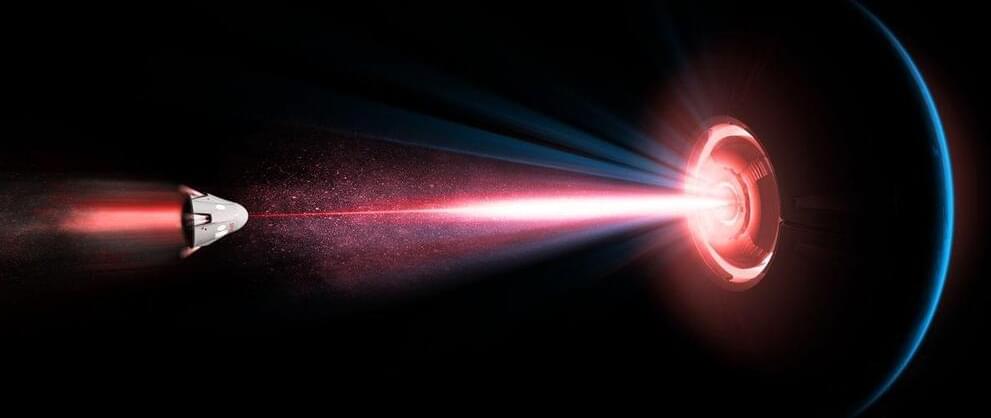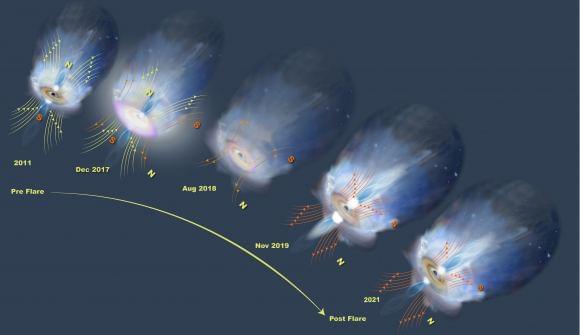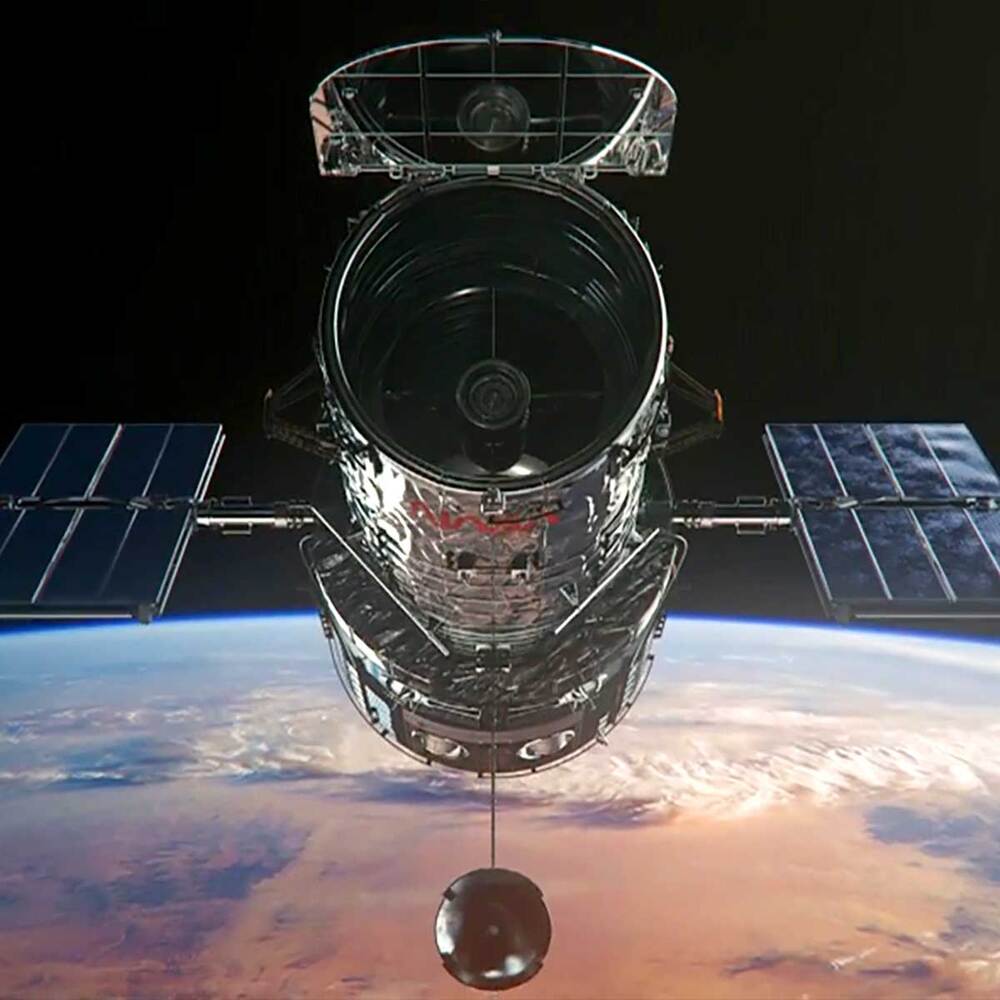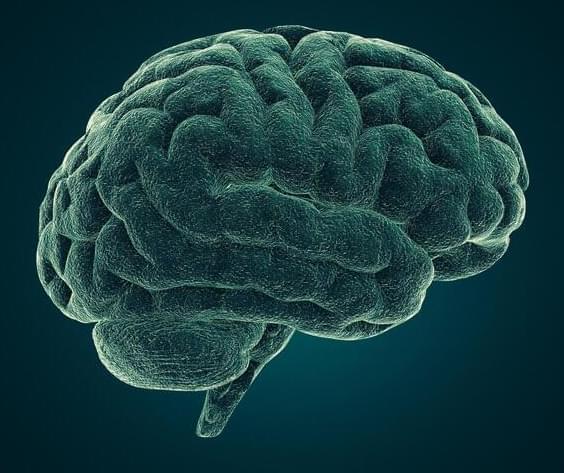Matter in space can arise out of what we perceive as nothing. But there is no such thing as a void in the Universe.




Imagine building a billion-dollar company that competes with the biggest companies in the industry, and doing it with a modest 3 person team powered by AI.
We’re living through a time of rapid change and endless possibilities and opportunities, what are you going to do about it?
While the fear of AI has a lot of people scrambling, anxious, or in denial about the implications of AI in their life and ability to earn a living and provide for their families, there are people like Peter Diamandis, Salim Ismail, and Tom Bilyeu that are going to leverage AI to the max to create a massive impact. Peter Diamondis and Salim Ismail have co-authored the book Exponential Organizations 2.0 where they break down the framework and key differences to exponential growth and success between Fortune 500 companies and some of the most successful unicorn companies of our time.

Black holes, cosmic power stations, fuel the luminosity of quasars and active galactic nuclei (AGNs) through their intricate interaction of matter, gravity, and magnetic forces. Despite black holes themselves not possessing a magnetic field, the surrounding dense plasma in the accretion disc does. As this plasma orbits the black hole, its charged particles generate an electric current and consequently a magnetic field.
This magnetic field, assumed to be stable due to the unvarying plasma flow, caused scientists to scratch their heads when they found evidence of its directional change. Such a phenomenon, known as a magnetic reversal, is akin to an imaginary pole of a magnet switching from north to south or vice versa. While not uncommon in stars, and even witnessed in the Sun’s 11-year sunspot cycle or Earth’s infrequent magnetic shifts, such an event was thought improbable for supermassive black holes.
In 2018, a computer-aided sky survey detected a startling transformation in a galaxy 239 million light-years away named 1ES 1927+654, which had suddenly become a hundredfold brighter. Swift Observatory soon reported x-ray and ultraviolet light emissions from this region. Initial speculations suggested a tidal disruption event caused by a star venturing too close to the galaxy’s central supermassive black hole, disrupting gas flow into the accretion disc, as the reason for this unusual luminosity.

This image of galaxy cluster MACS J1206.2–0847 (or MACS 1,206 for short) is part of a broad survey with NASA’s Hubble Space Telescope.
The distorted shapes in the cluster are distant galaxies from which the light is bent by the gravitational pull of an invisible material called dark matter within the cluster of galaxies. This cluster is an early target in a survey that will allow astronomers to construct the most detailed dark matter maps of more galaxy clusters than ever before.
These maps are being used to test previous, but surprising, results that suggest that dark matter is more densely packed inside clusters than some models predict. This might mean that galaxy cluster assembly began earlier than commonly thought.
The Honda Riding Assist is an electric vehicle that has a low center-of-gravity and a very low seat height. In a global debut at CES, Honda unveiled the Honda Riding Assist motorcycle, which leverages our robotics technology to create a self-balancing motorcycle that greatly reduces the possibility of failing over while the motorcycle is at rest.
source/image: Alpha SQUAD official.

Siren is a digital human that showcases the potential of 3D/4D scanning technology for digitizing human appearance and motion with unprecedented realism.
Epic Games Inc. is a leading developer of the popular video game engine Unreal Engine. Recently, the company launched the highly anticipated MetaHuman Creator, a tool for creating high-fidelity digital humans for various applications including video games, film and more. The MetaHuman Creator is powered by advanced motion capture and rendering technology, enabling creators to create lifelike characters that can be customized and animated for various uses.
The advancement of digital humans is disrupting our world in profound and unpredictable ways. As they become increasingly intelligent, empathetic and capable, they will reshape businesses, society and human relationships at every level.

The current education landscape requires close collaboration between edtech and AI developers to leverage their expertise and maximize the impact of AI technology in the sector. It also aims to avoid the negative consequences of redundant efforts, wasted resources and less effective solutions. By effectively applying best practices such as clear communication, alignment of goals, and interdisciplinary collaboration, edtech and AI developers can develop innovative, scalable and effective solutions. The “AI and the Future of Learning: Expert Panel Report” underscores key strategies for successful collaboration between edtech and AI developers. The report highlights key strengths and weaknesses of AI as well as the respective opportunities and barriers to employing AI technologies in the education sector.
Education plays a critical role in promoting social and economic development in a region, and when communities recognize its potential, they are more likely to support educational reforms. These reforms can address any challenges in the sector, such as funding constraints, lack of access to quality education and cultural attitudes that may deny education to particular groups. With the increased adoption of AI in the education sector, potential future developments—including ITS, adaptive assessment, gamification and the use of machine learning—can promote the efficiency of personalized learning.
In the long run, the collaboration between edtech and AI developers holds great potential for transforming education and improving learning outcomes. For this to happen, it is necessary to establish industry standards for AI in education, foster interdisciplinary collaboration between educators and AI experts, and invest in research on AI’s impact on learning outcomes. In this way, we can ensure that AI-powered tools are used effectively and ethically to improve student learning in the 21st century.
